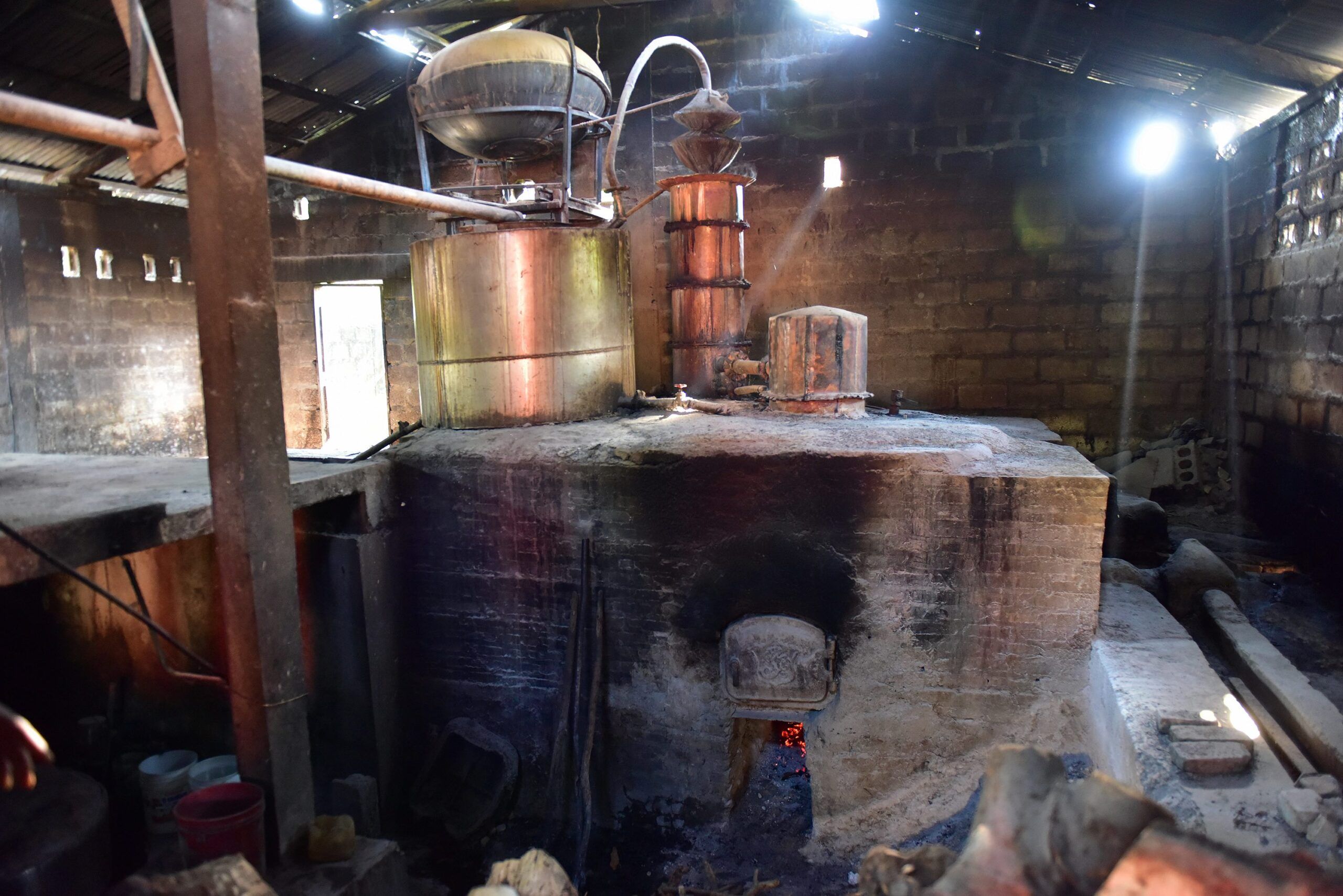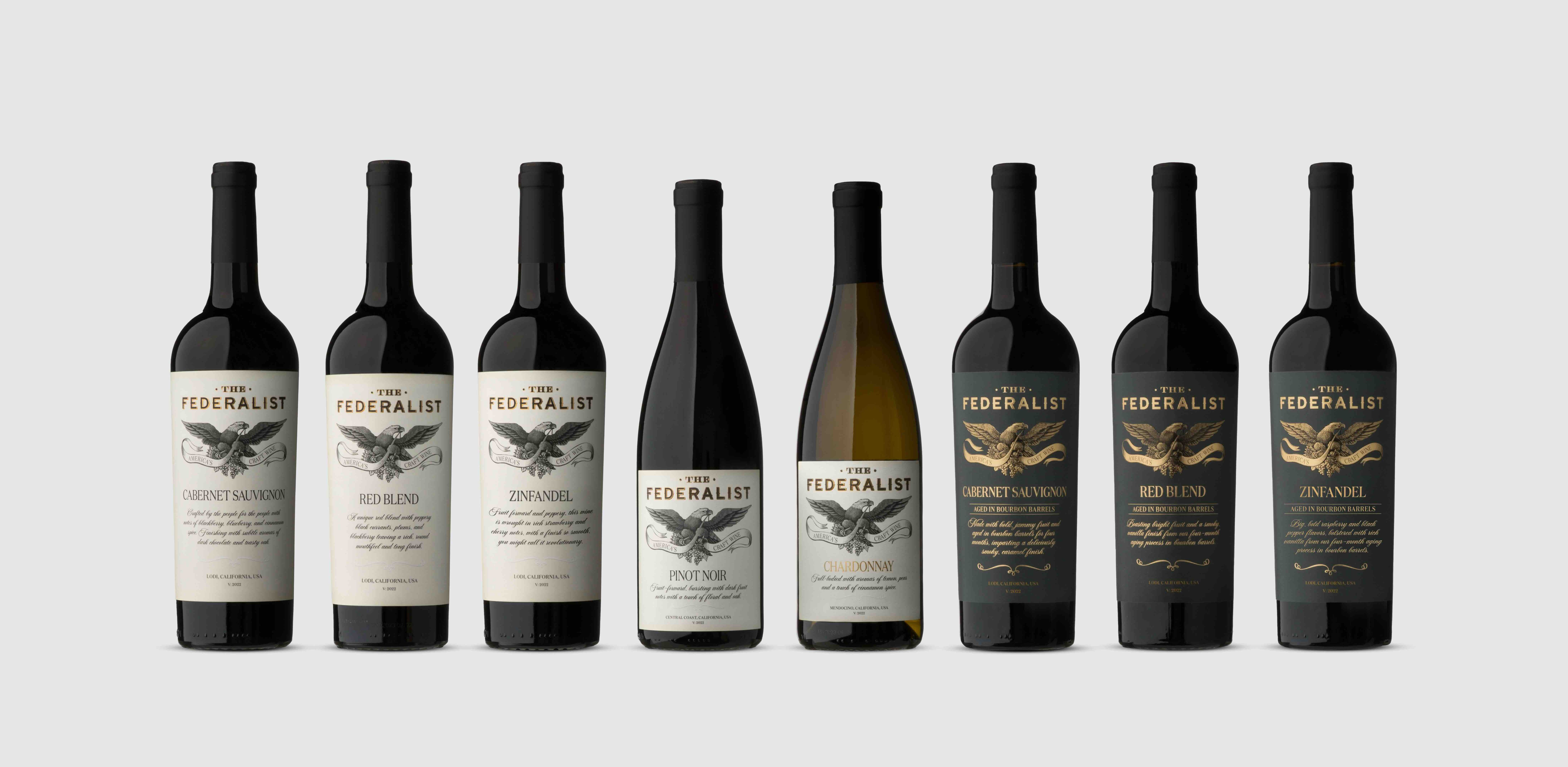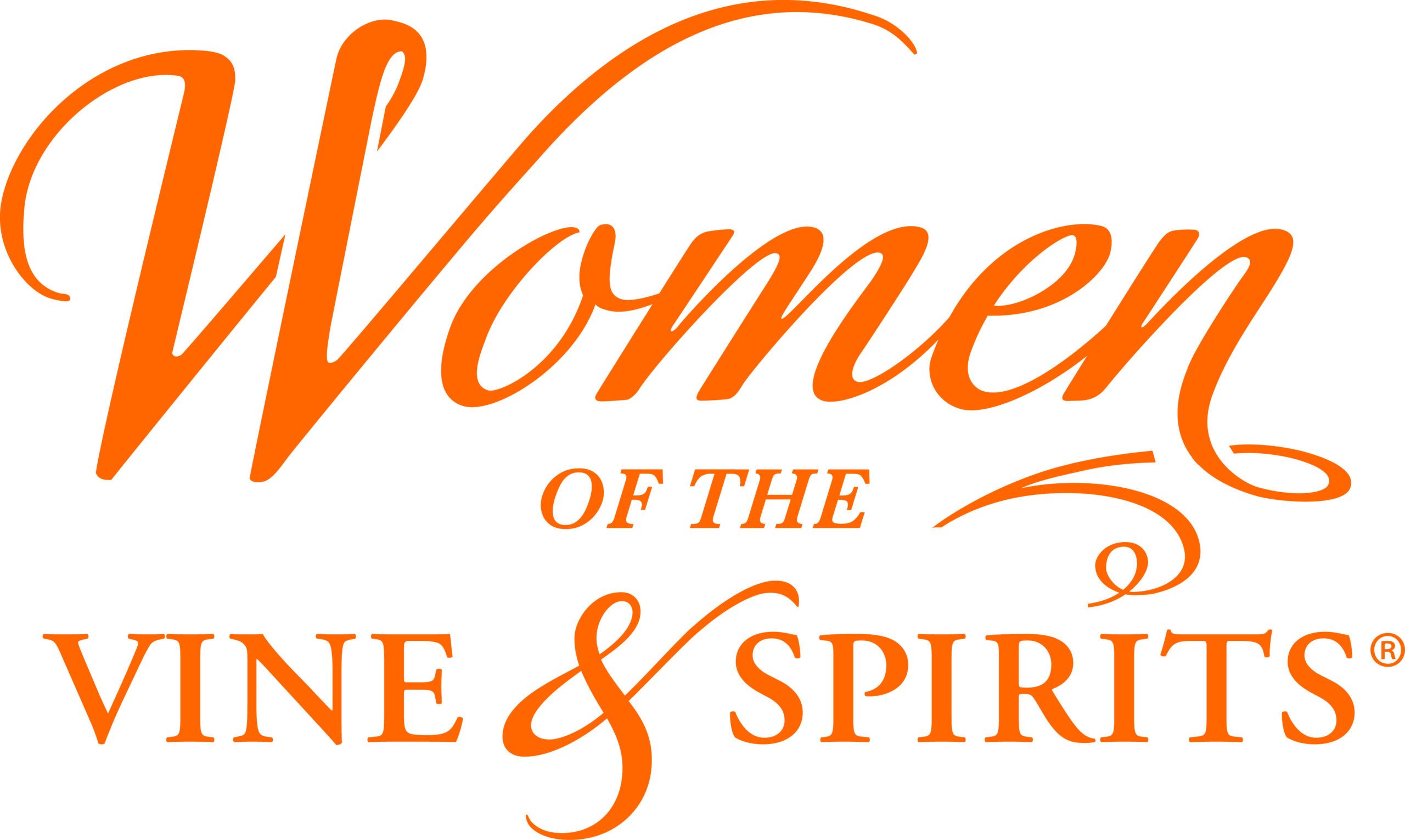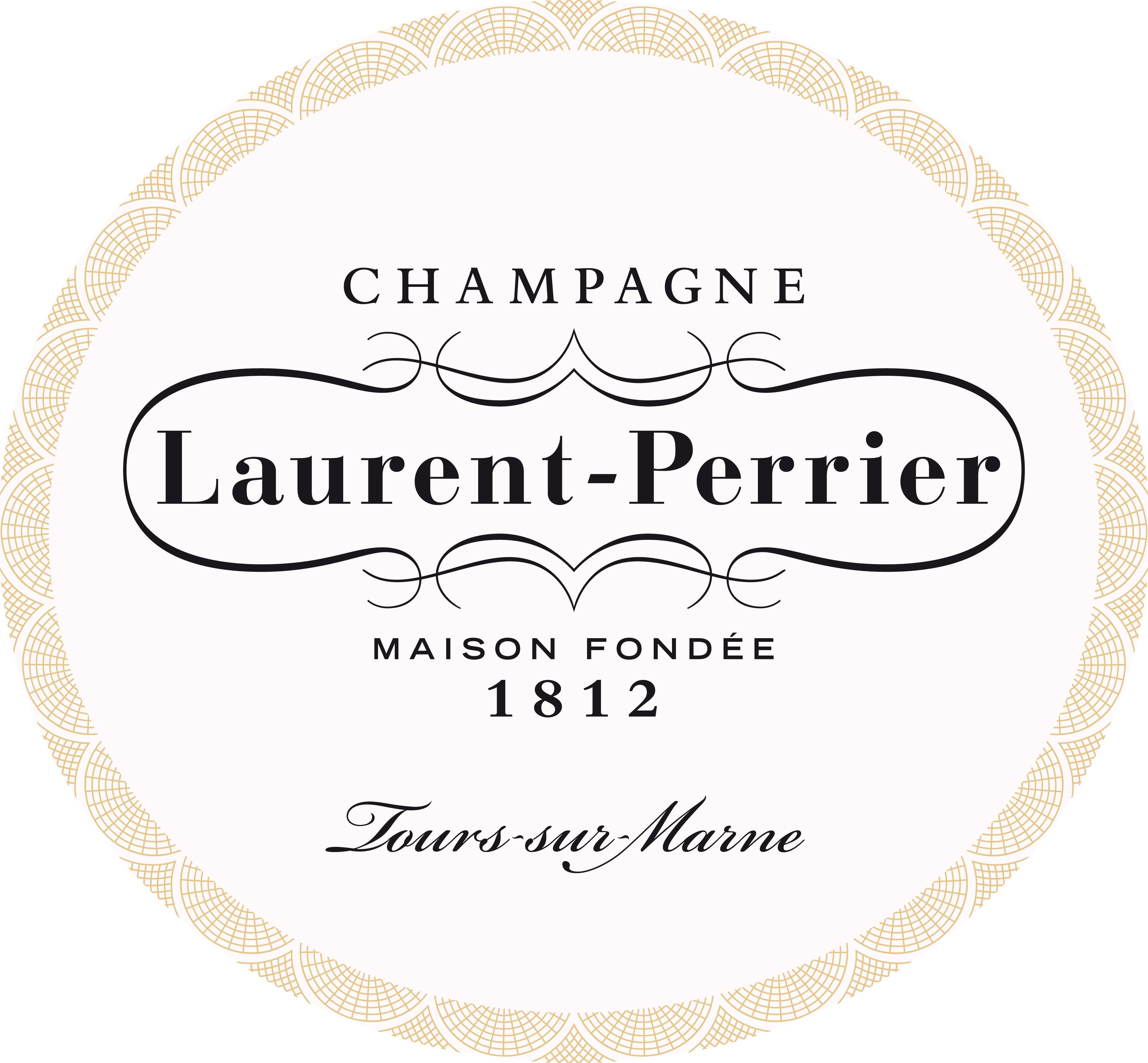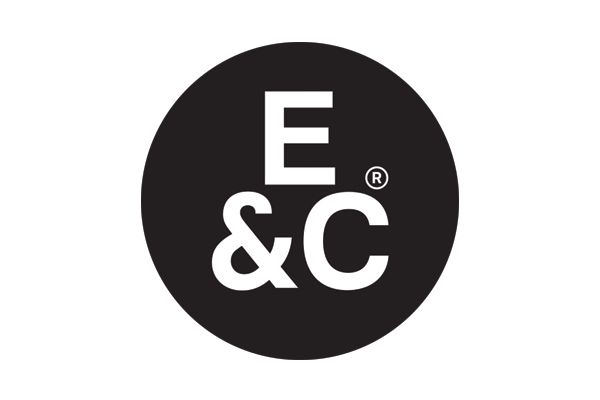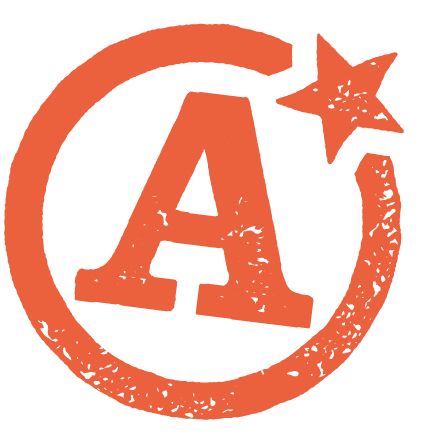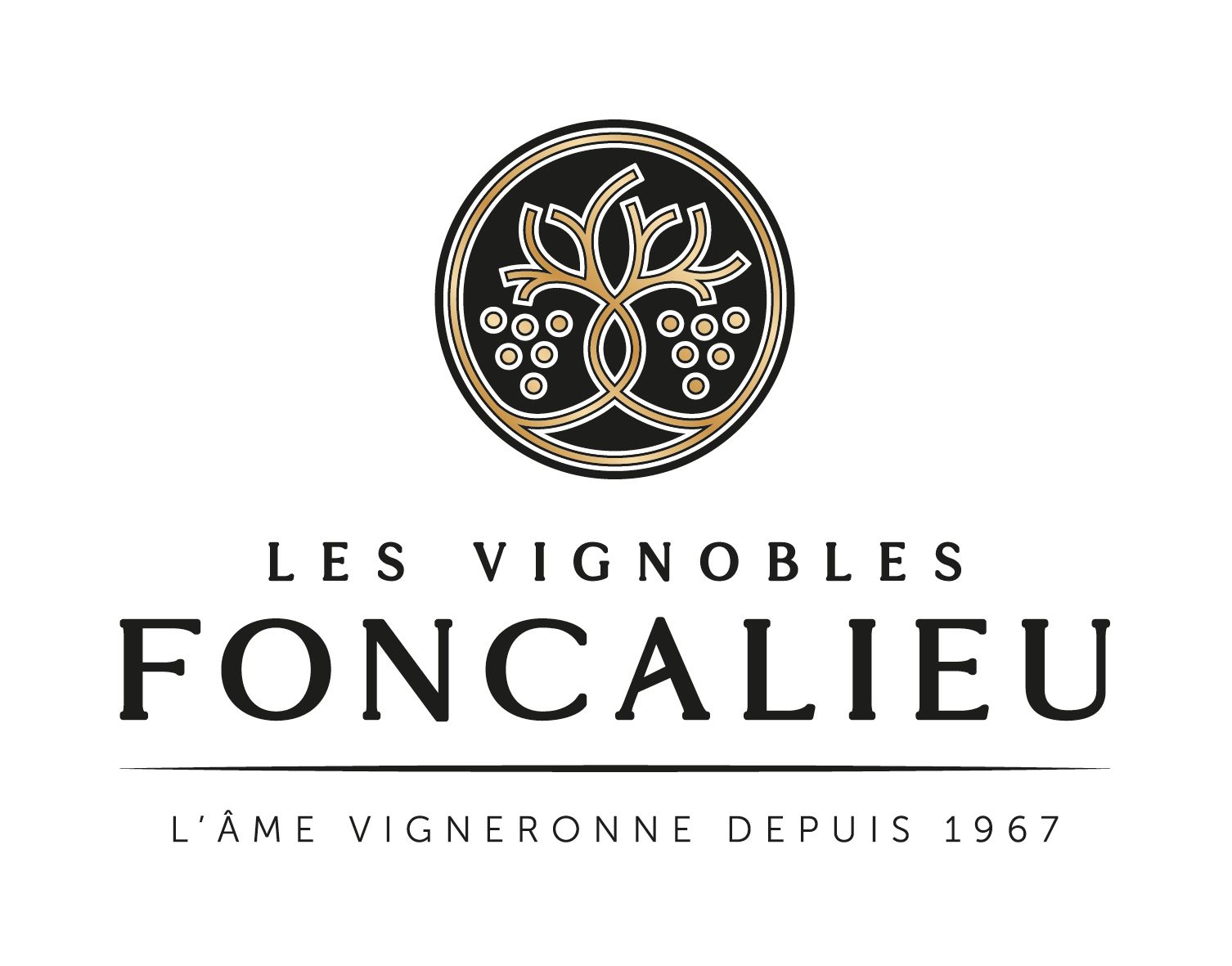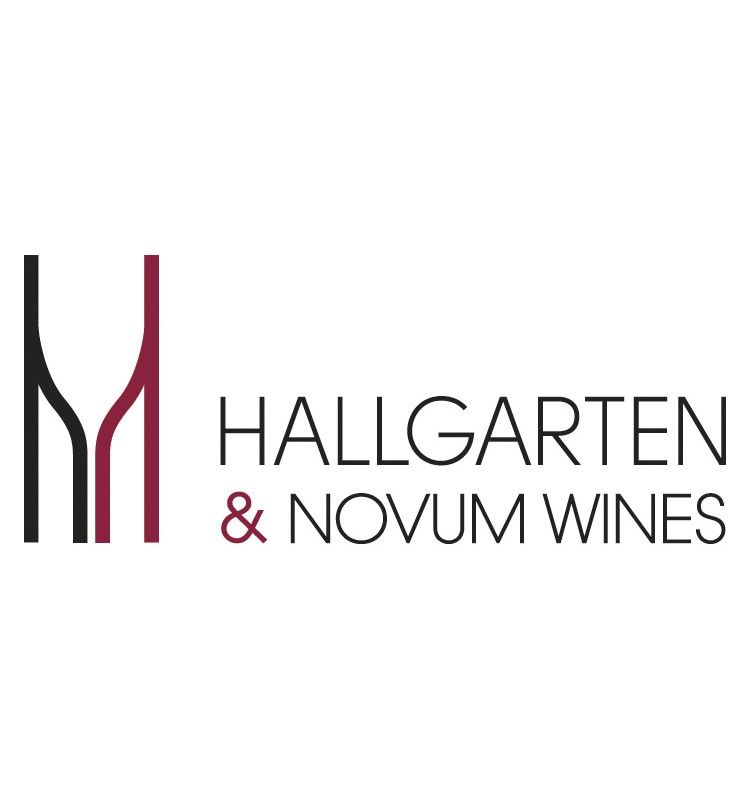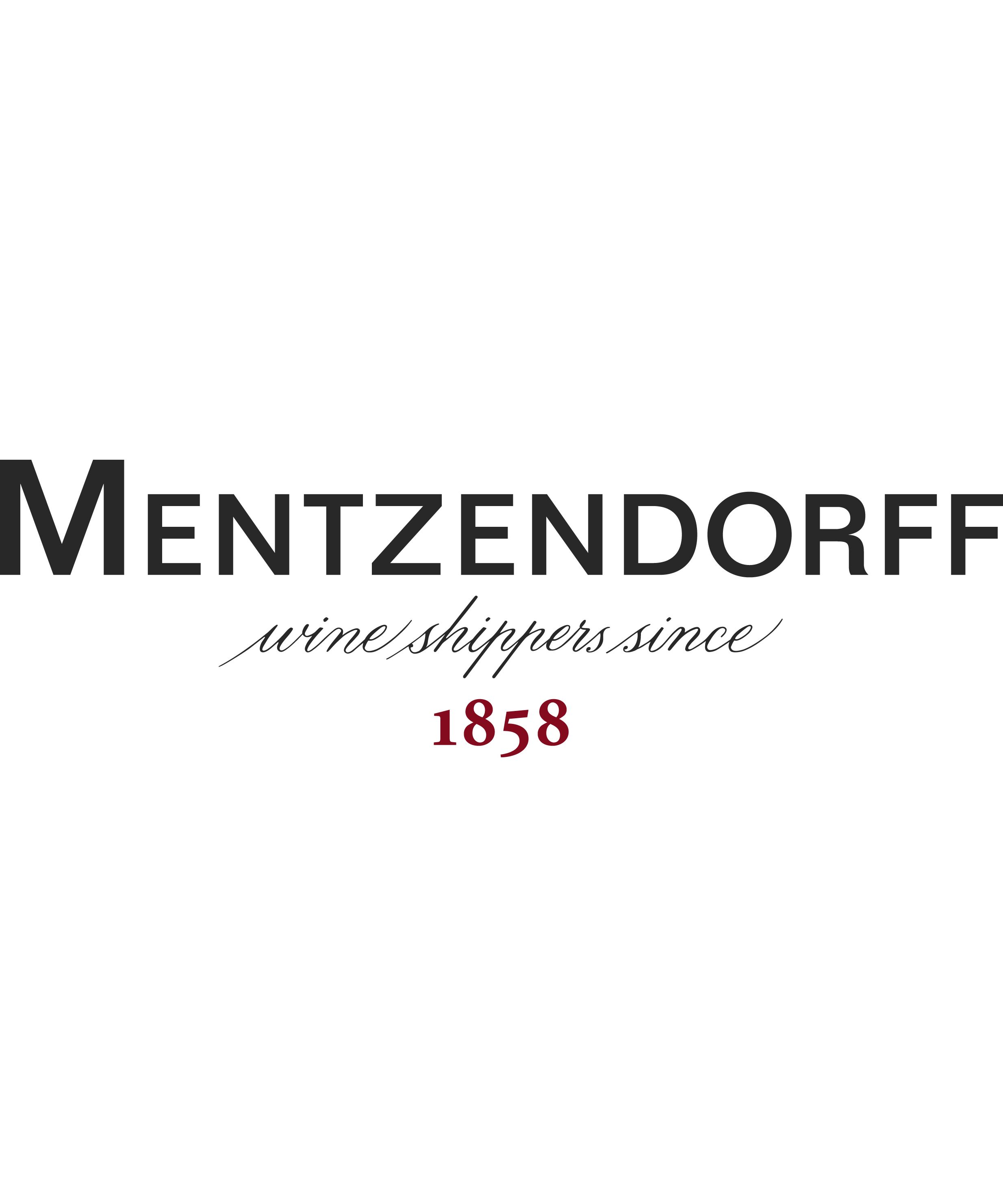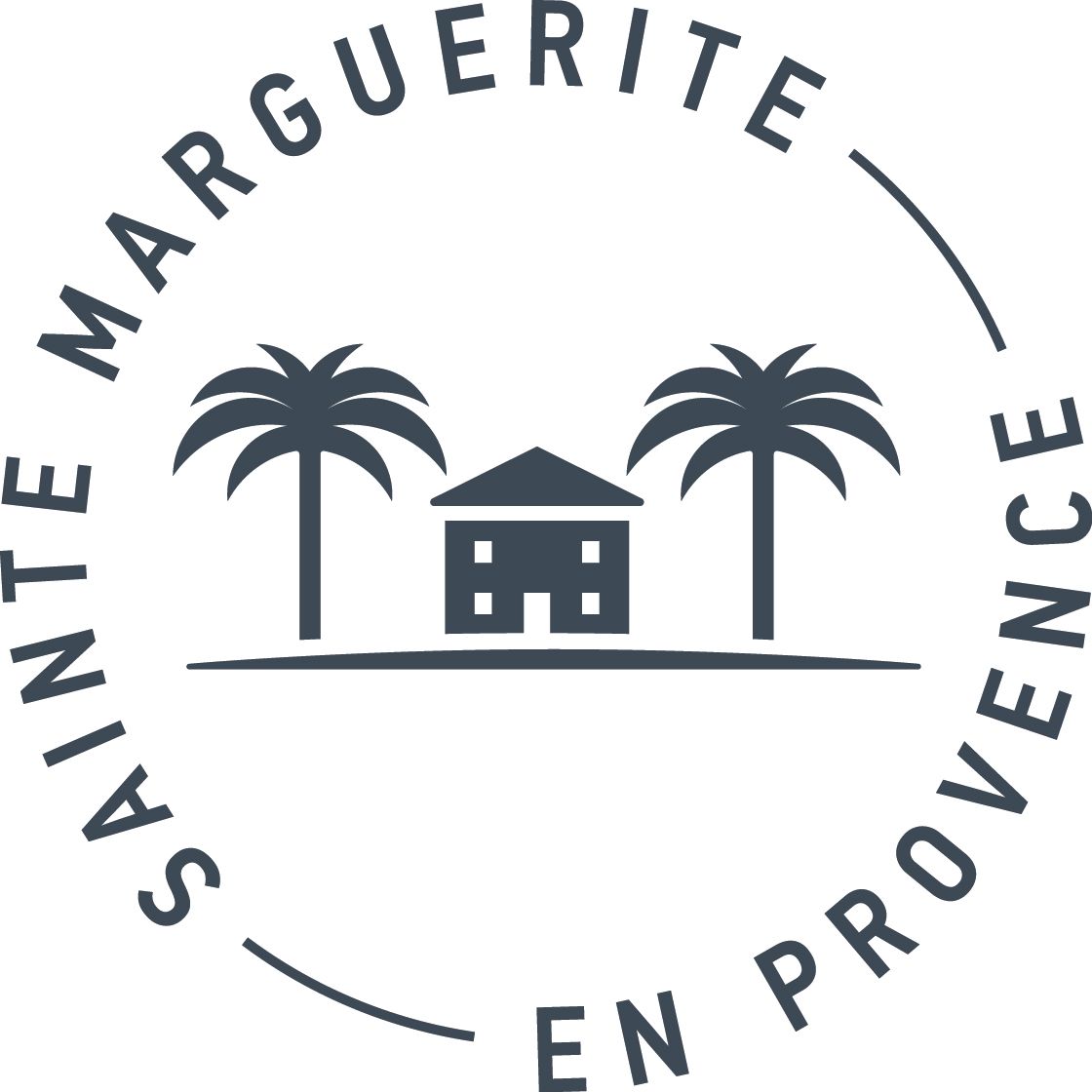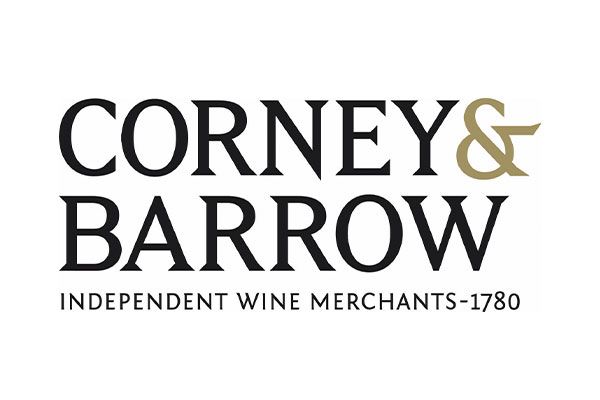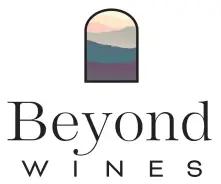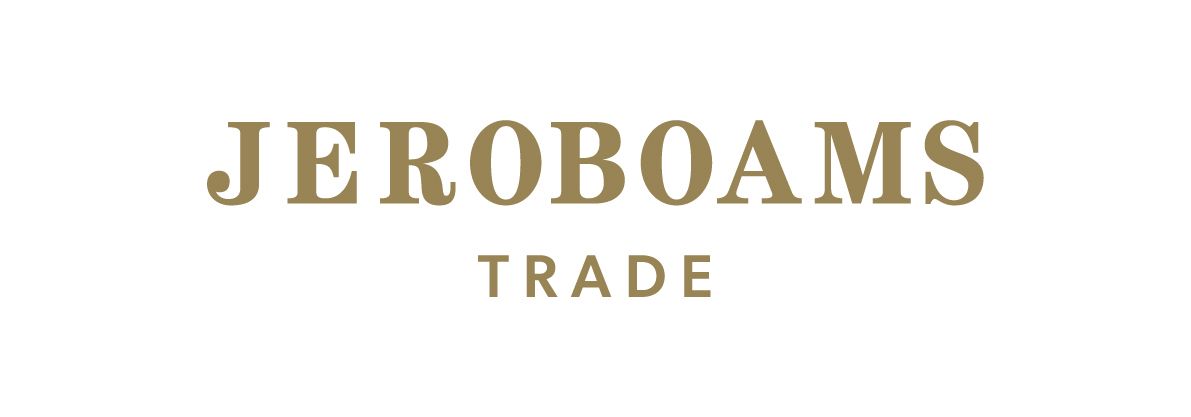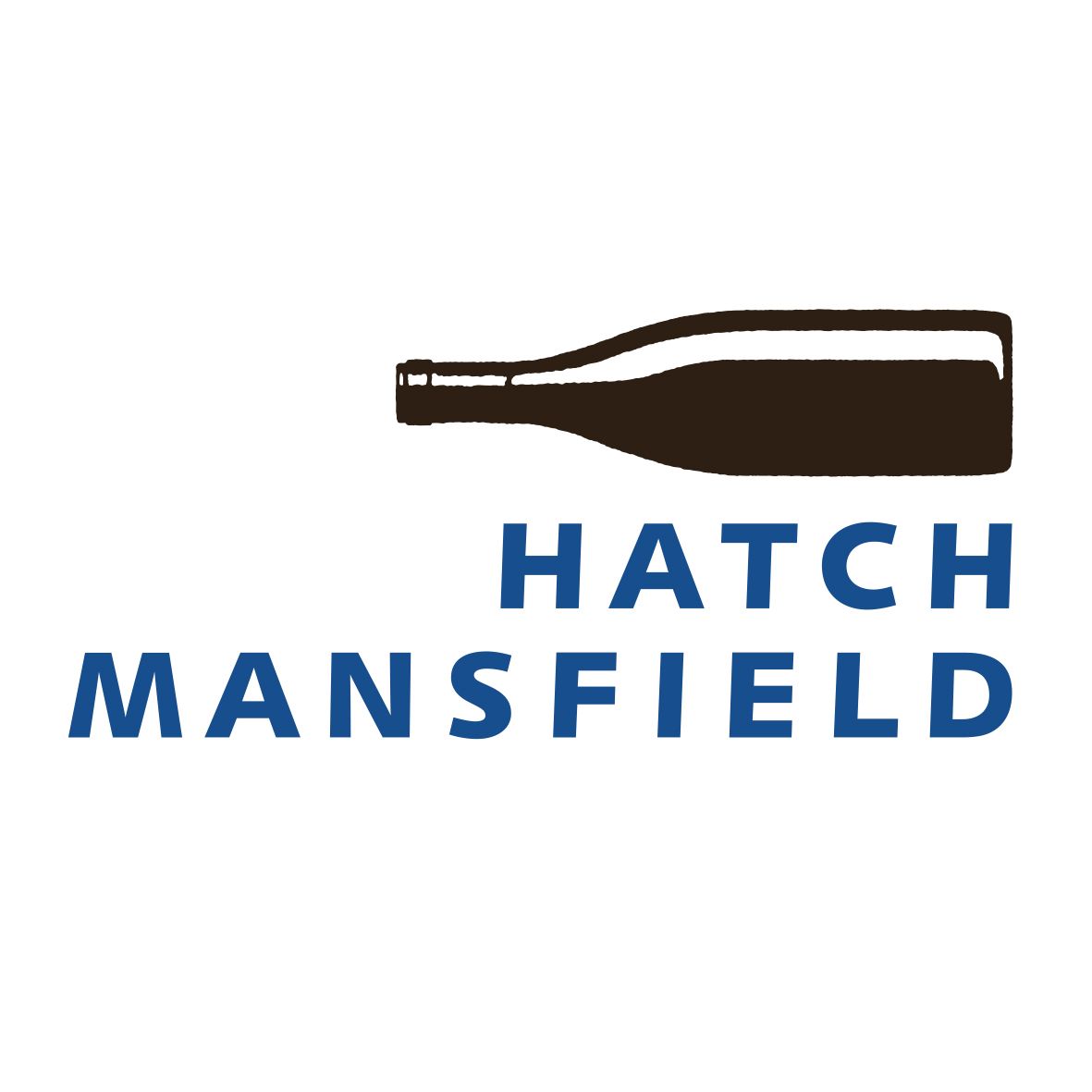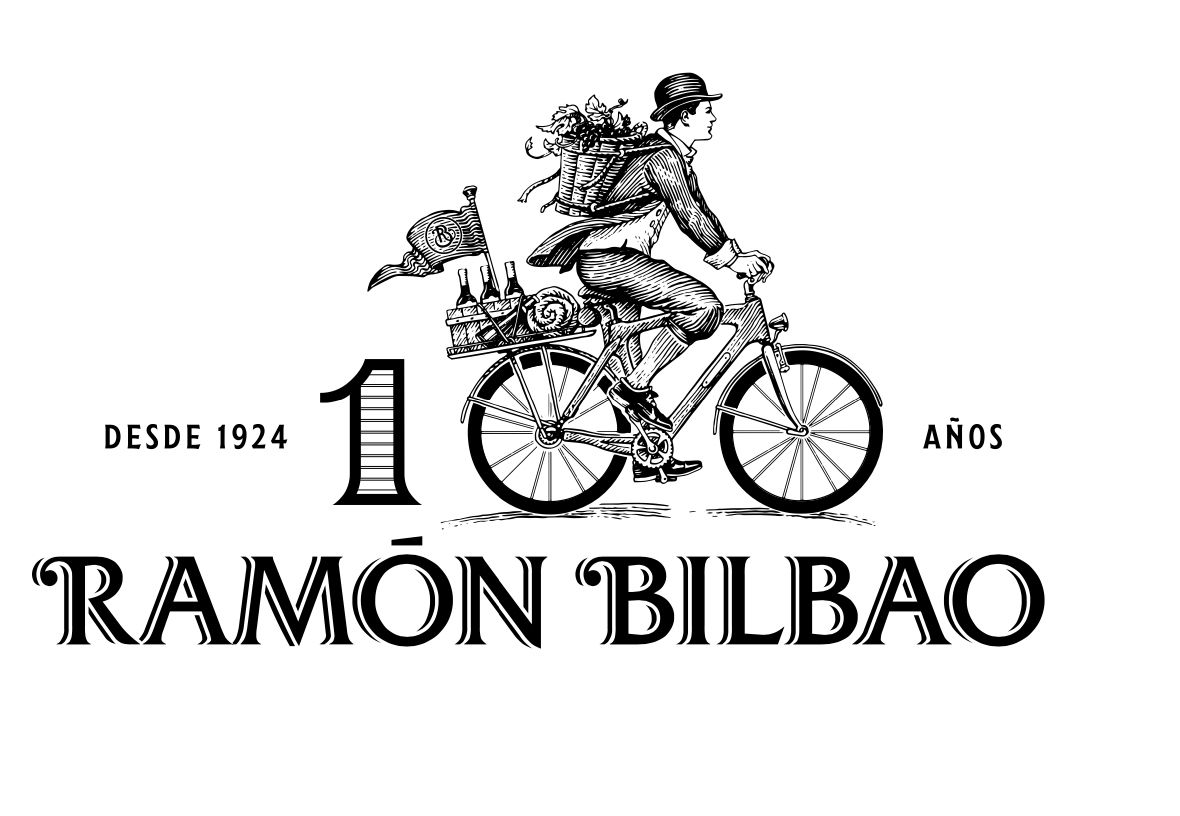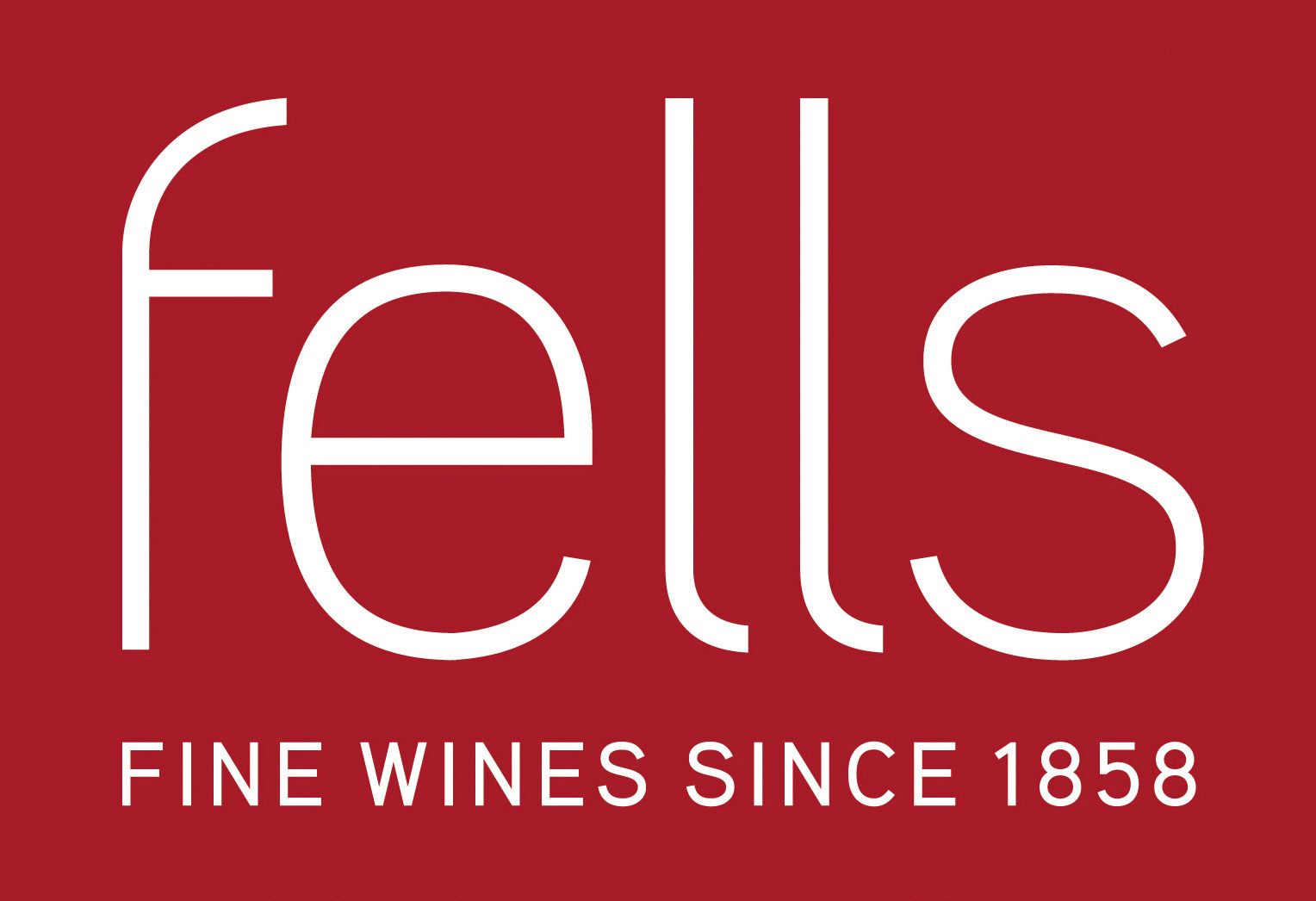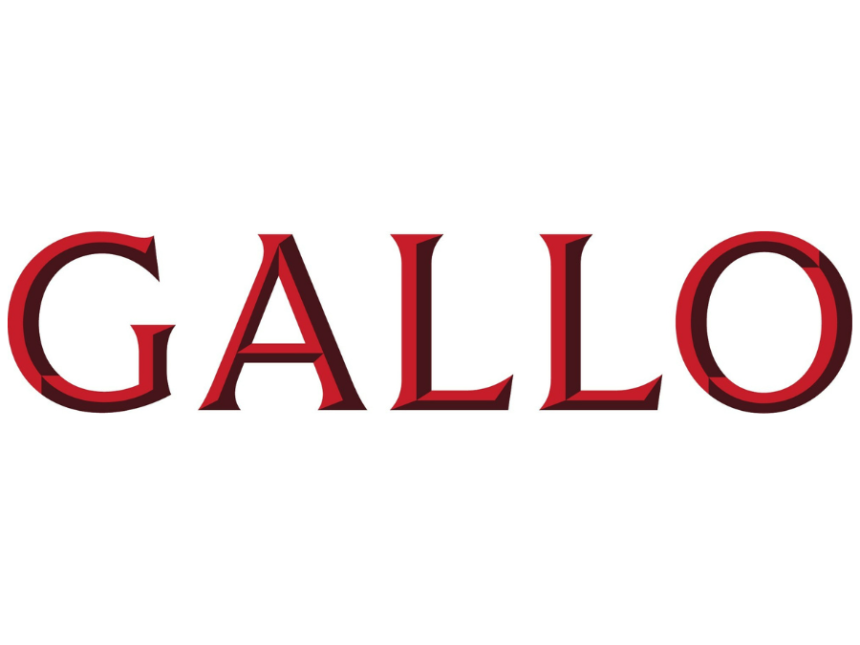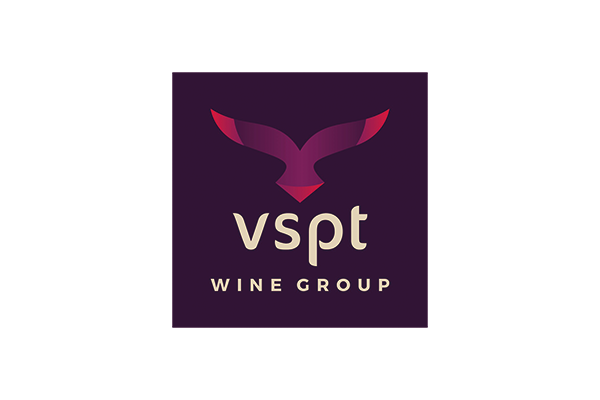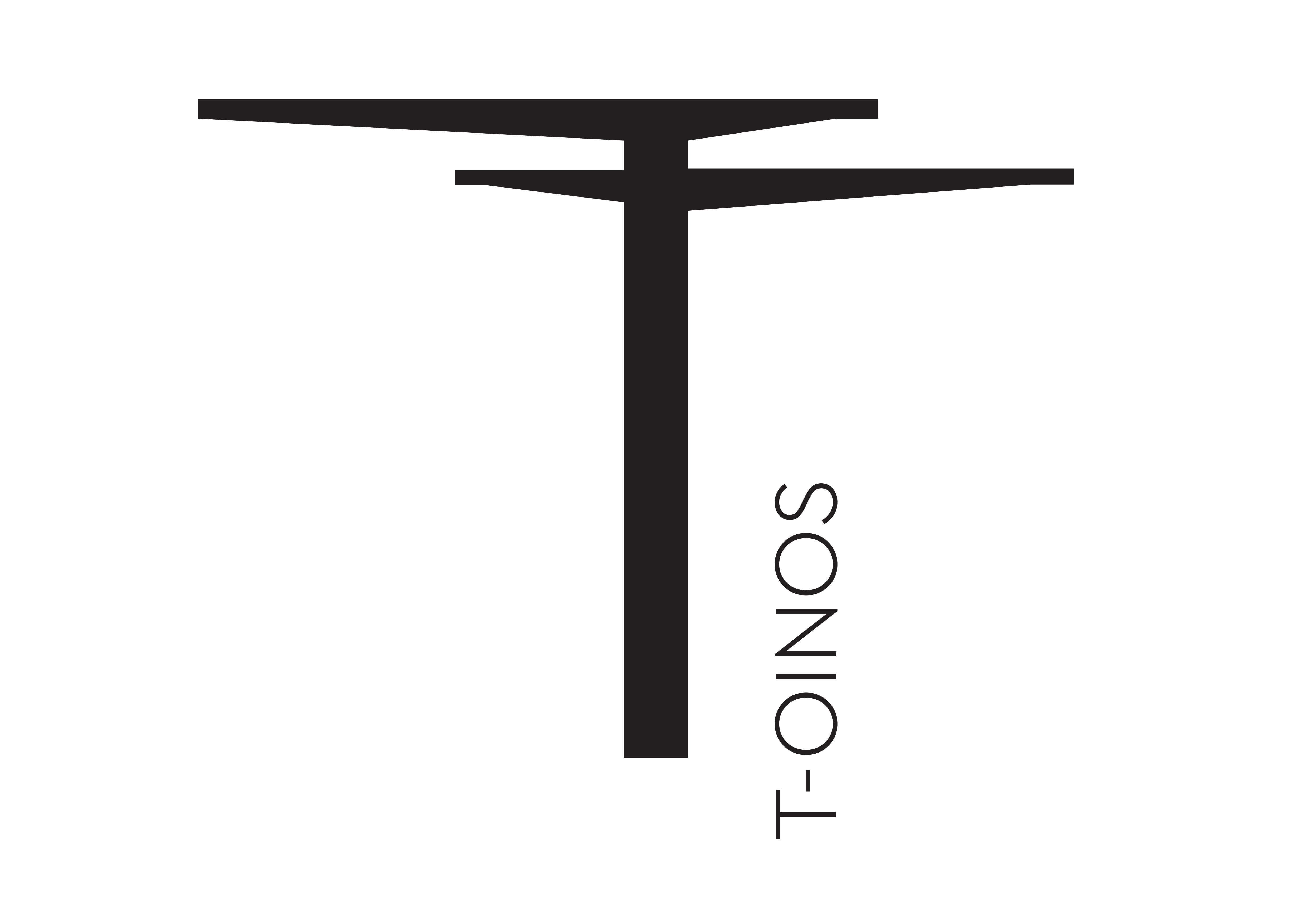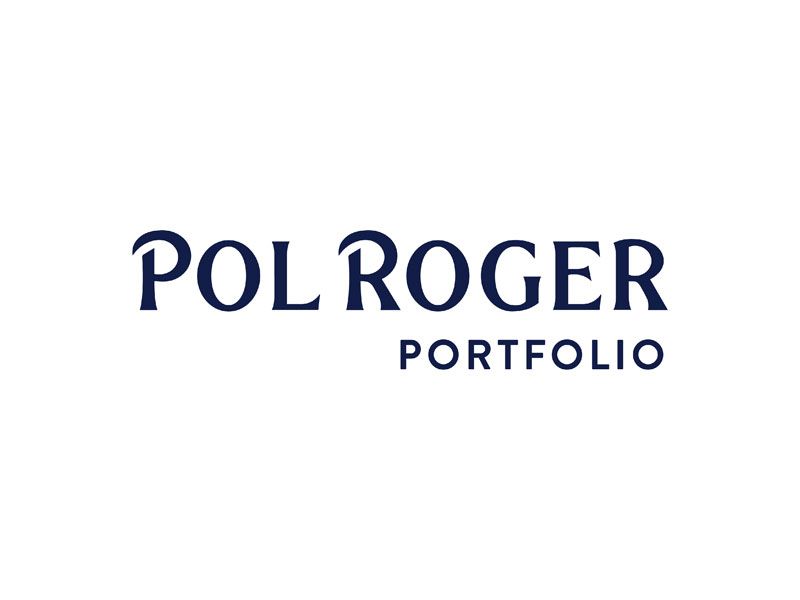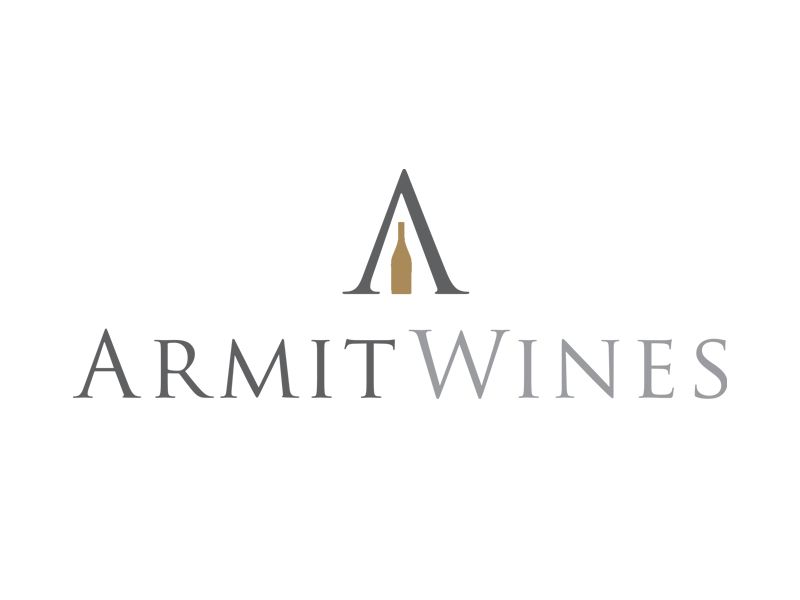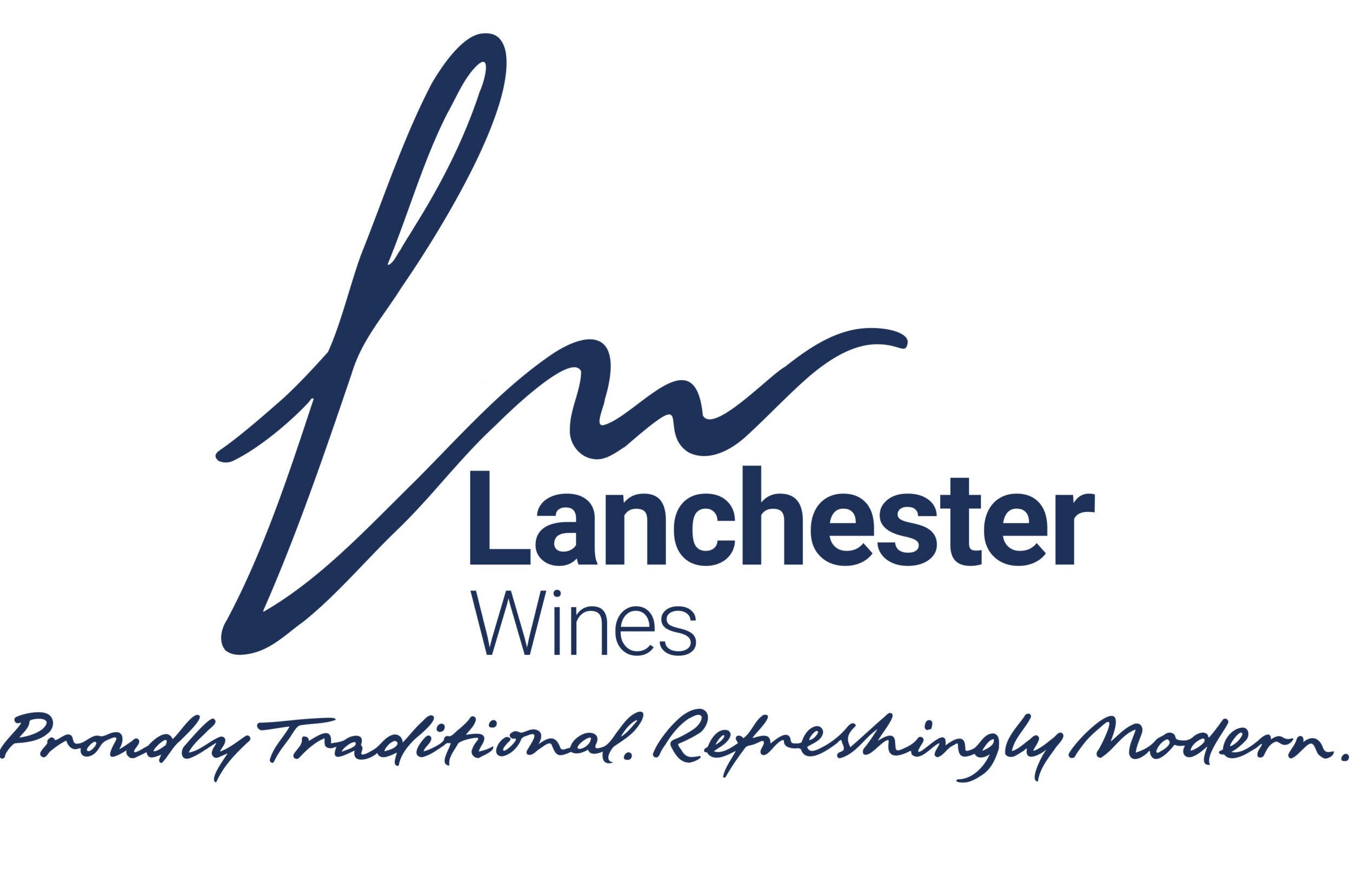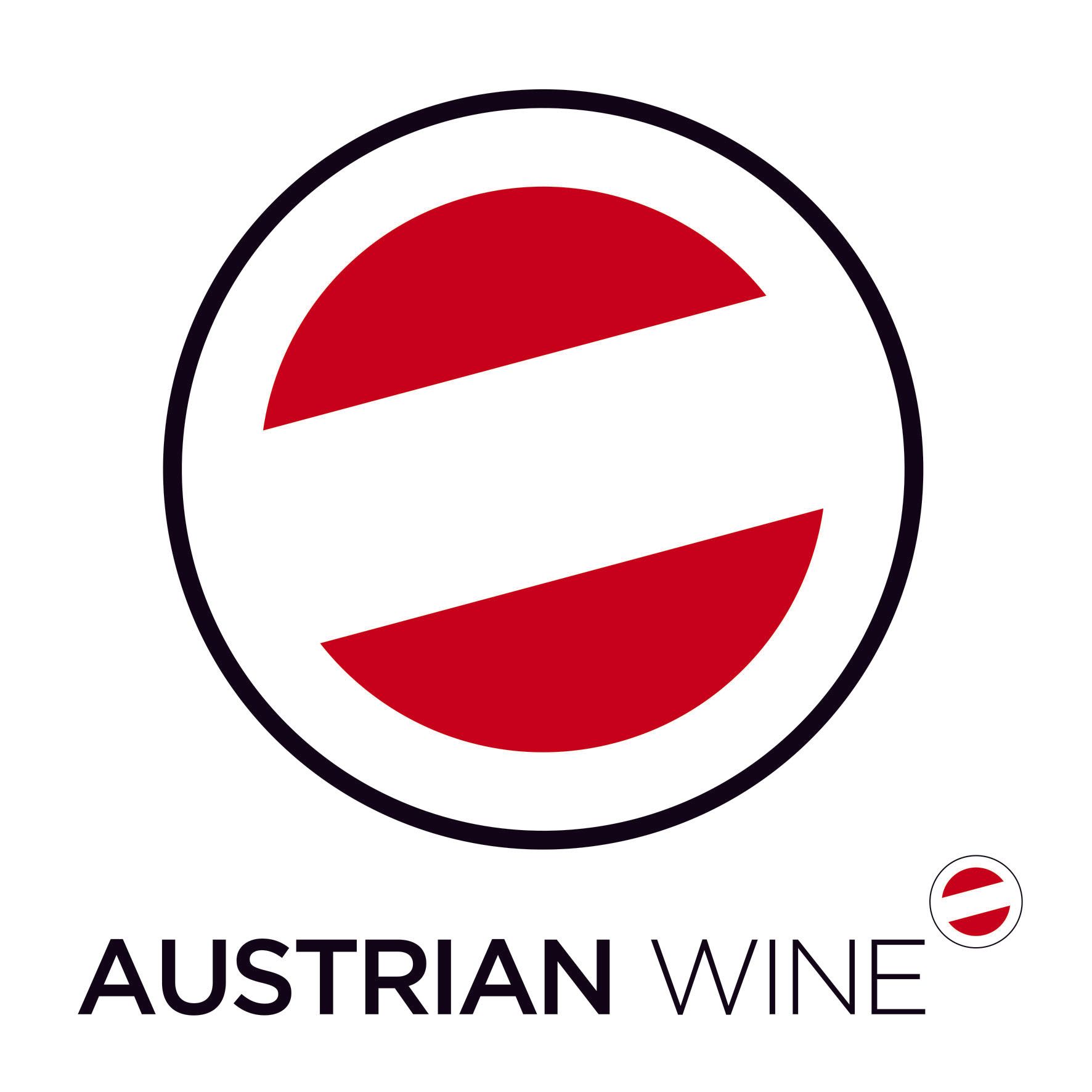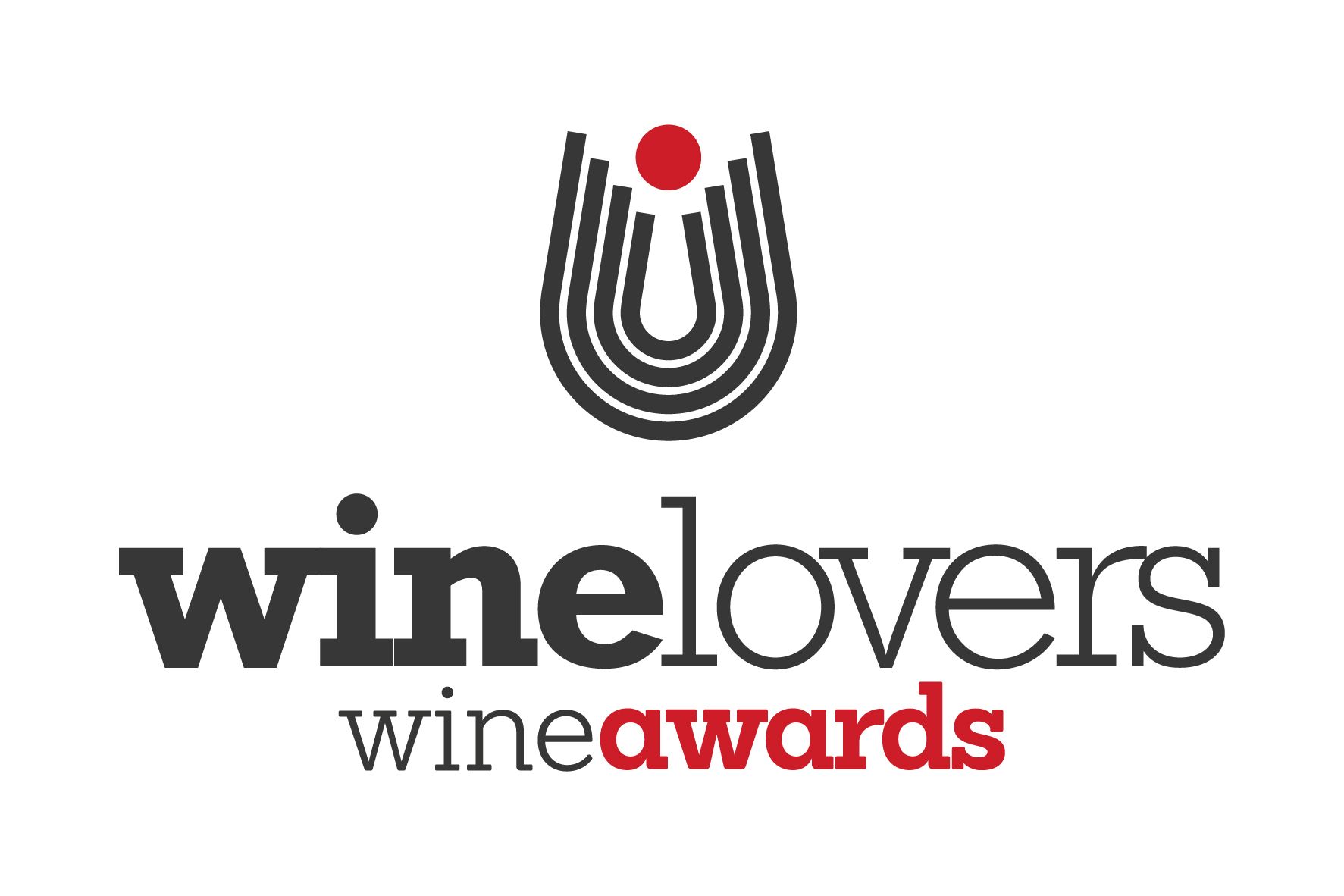“What is certain is that it is the only spirit like it remaining in the Caribbean,” says Biondi.
If Indiana Jones had been a drinks buyer and not an archaeologist, then he would have looked something like Daniele Biondi, the man largely responsible for the clairin phenomenon. Biondi and his partner Luca Gargano run Velier a rum importer based in Genoa whose job is to travel the globe discovering local ‘wild spirits’ from many different raw materials and cultures. What they are looking for is liquor that is authentic, regionally distinctive and not the product of commercial, large-scale distillation.
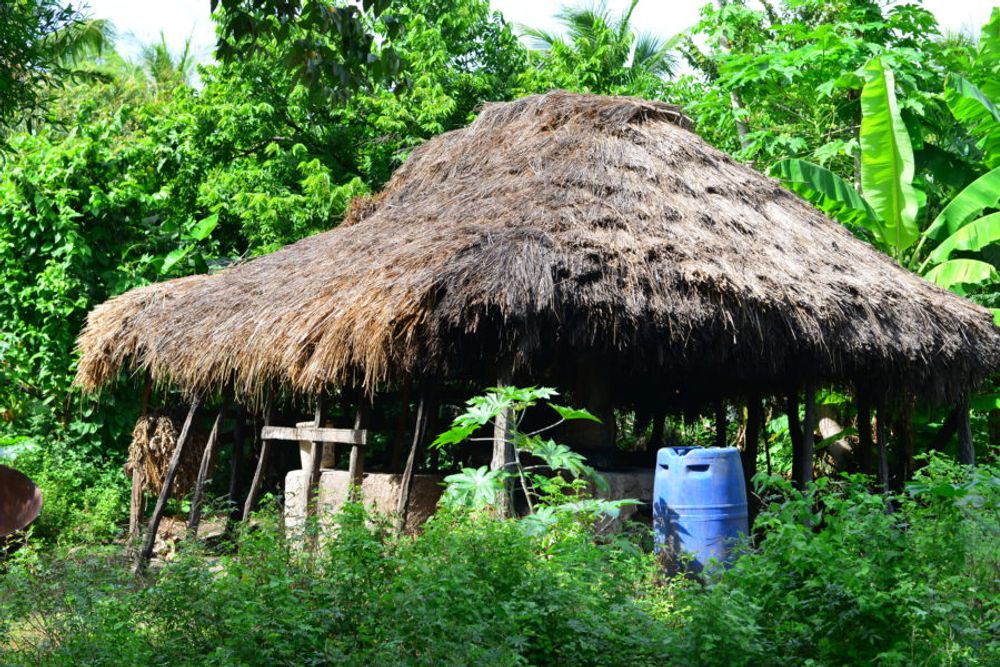
Small scale clairin distillery, Haiti
This they found in Haiti and its local ‘white rum’ clairin, a spirit that has been made for centuries but is only just finding its way into the coolest back bars and hands of rum collectors outside the Caribbean. The speed of the interest has been extraordinary – from being made in shack-like distilleries for centuries with little international interest to becoming the fifth-highest trending rum brand in the world in under 10 years.
It also helps ‘tick the right boxes’ that clairin is organic and its production operates on a 100% sustainable model.
So what is clairin? Essentially a spirit distilled from spontaneously fermented sugarcane juice. From the standpoint of its raw material it is most similar to the rhum agricole of Martinique and Guadeloupe or the cachaça of Brazil. Local producers commonly refer to it as rum, although Biondi says that it is closer to mezcal in its flavour diversity and ethos than any cane spirit.
“What is certain is that it is the only spirit like it remaining in the Caribbean.”

Luca Gargano
A voyage of discovery
When he first landed in Haiti in 2012 with his business partner Luca Gargano, Biondi could not believe what he was seeing, apart from one large distillery, Barbancourt, in the capital Port au Prince, Haiti was dotted with over 500 shacks and small distilleries making clairin with techniques unchanged since the Haitian Revolution of 1802.
He describes how in the country a 15 mile journey can take three hours of driving in a jeep and then the sudden smell of clairin signals one of these artisanal distilleries, producing the spirit for the local village, with plastic containers for sale at the side of the road.
“They buy a container, take it home and drink it. There is no mixing culture,” he says.
While many Caribbean countries have modernised their distilleries with multicolumn stills the production process for clairin is a step back in time.
How is clairin made?
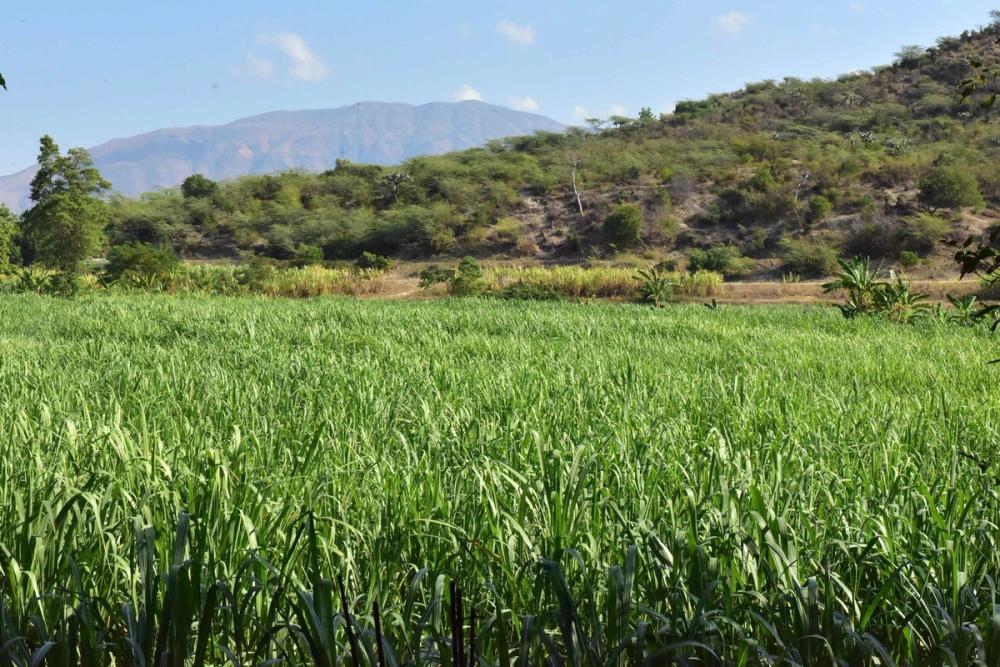
Each distillery makes its spirit from sugarcane that grows wild around the distillery. Sugarcane varieties are indigenous to Haiti, not hybrids. They grow wild and are cultivated in polyculture, with many other plants. Indigenous varieties have various traditional names that vary from village to village, and region to region such as Canne Cristalline, Canne Hawaii, Canne Madame Meuze and Canne Hasco.
In Haiti there is no need for any chemicals to be used on the fields, the sugarcane is organic and never sees pesticides or herbicides, with a high level of biodiversity.
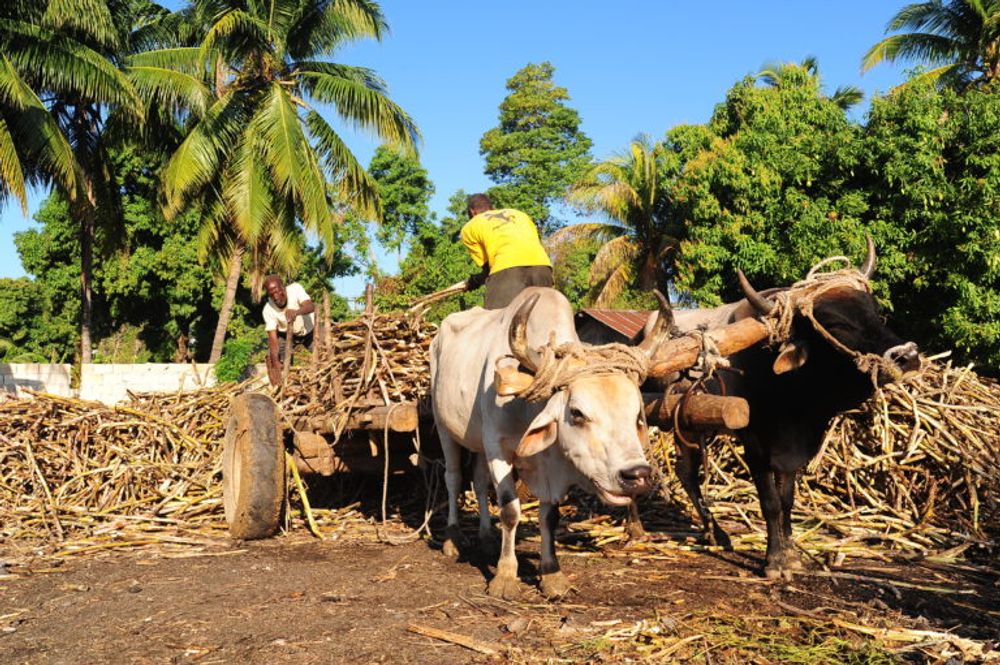
The sugarcane grows naturally all around the distilleries. At harvest time it’s cut exclusively by hand and transported by ox carts or donkeys to the distillery for crushing.
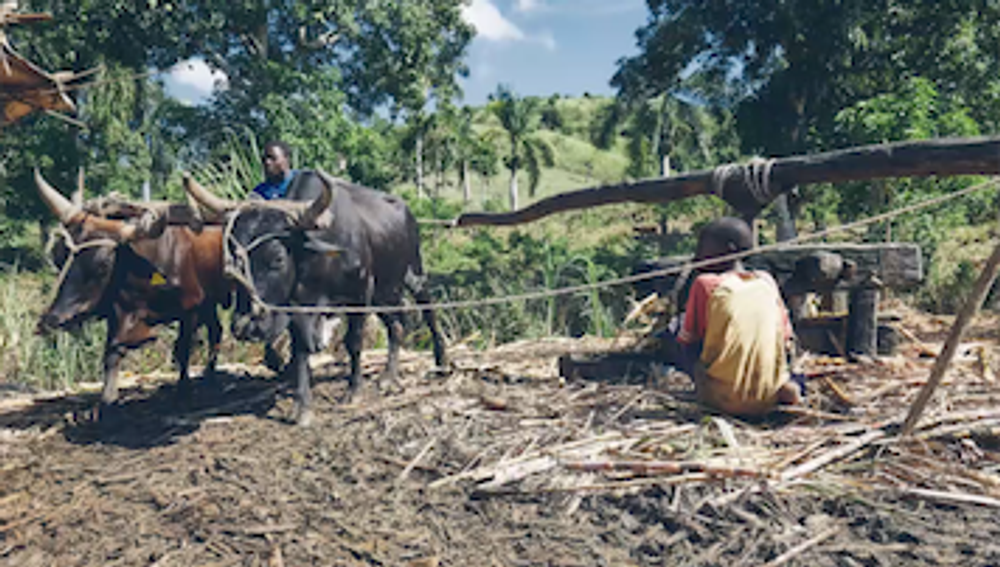
While vertical mills with wooden rollers have disappeared since the 1790s in the rest of the Caribbean, it’s still possible to find producers using wooden mills with animal traction in Haiti.
The sugarcane is crushed with animal power much like a tahona is traditionally used to crush agave picas for tequila. Some producers use metal rollers.
The yield is so low that they extract just the first press of the juice.
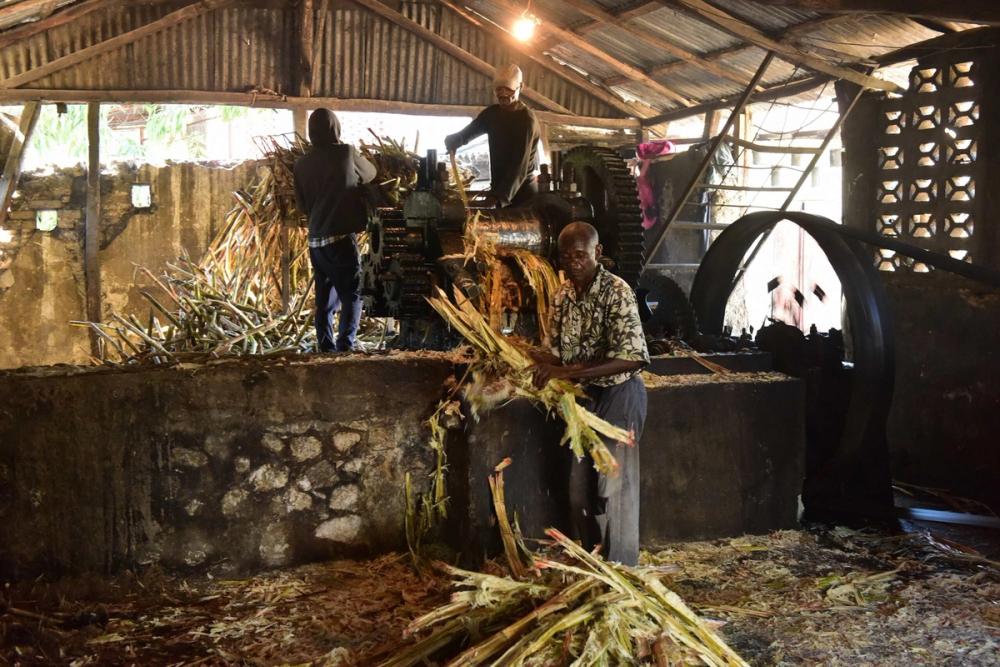
Other producers have mechanical mills made with iron rolls, powered by diesel.
Juice is traditionally not diluted with water before the fermentation, because the process is done with natural wild yeasts in the air of the distillery.
Distilleries don’t control the temperature of the fermenting wash, so they control the pH. No chemical or acidic components are used. They add natural lime or bitter orange juice from nearby trees to adjust the acid level of the wash and keep the yeasts happy.
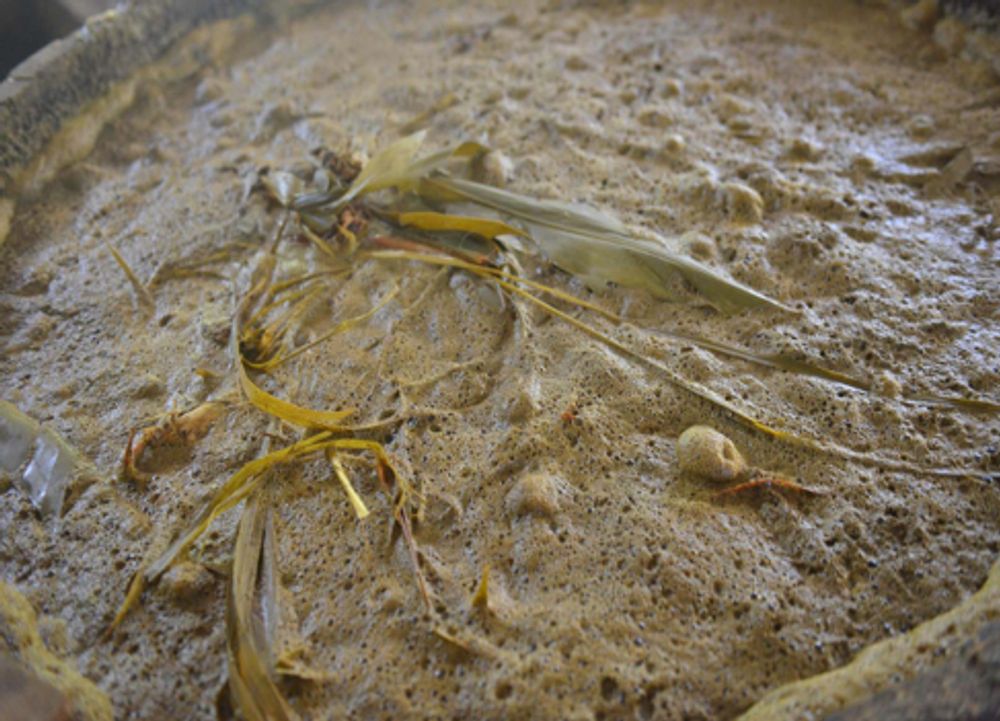
The long, slow and natural process of fermentation gives traditional clairin its unique character. It takes place in wooden vat containers, iron or plastic, depending upon the tradition of the village. The fermentation process normally takes a minimum of five days, or until “it is done”.
The wash clearly expresses the diversity of the various terroir, the different varieties of cane used and the botanicals used in ‘wild’ ferments that grow wild nearby – ginger, lemongrass and cinnamon, for example.
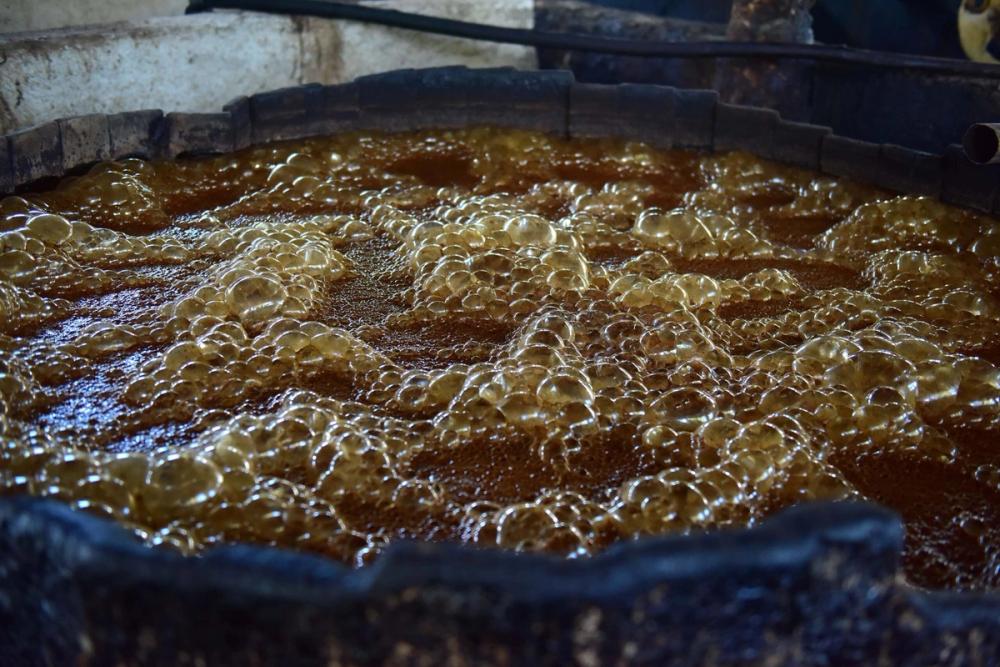
On this first ‘voyage of discovery’ Biondi asked one distiller how did he know when the fermentation was completed? “When it stops bubbling it’s done,” was the reply.
“Another time I asked them where did they get the mango tree wood for their barrels? And as soon as I asked I realised how stupid it was. ‘over there I have a mango tree….’ came the reply.”
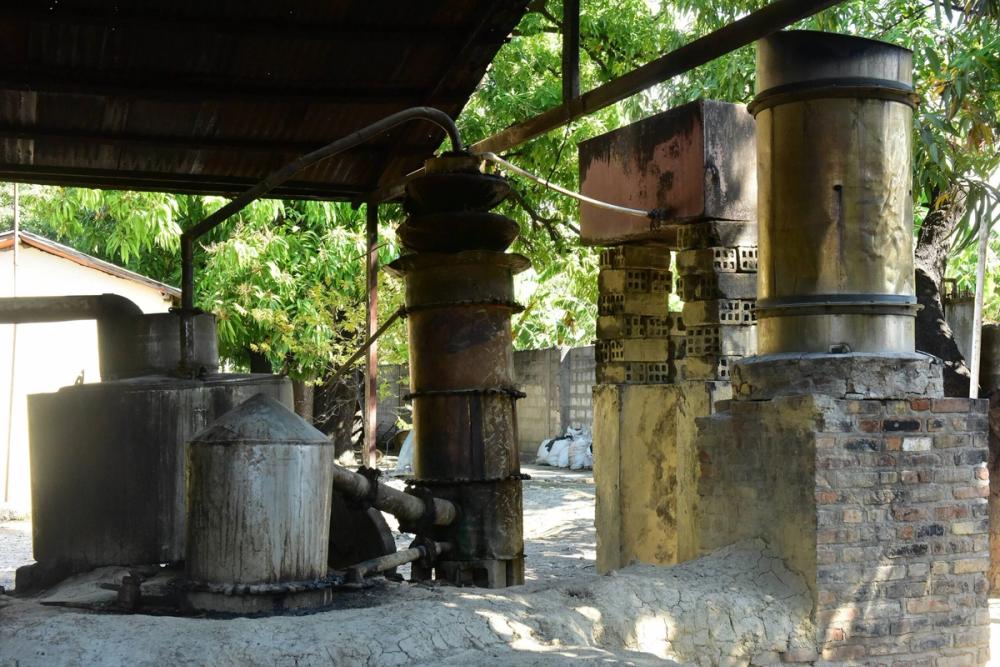
Distillation is always made in small discontinuous stills: a pot still or a pot still with a small column on the top to boost the alcohol content.
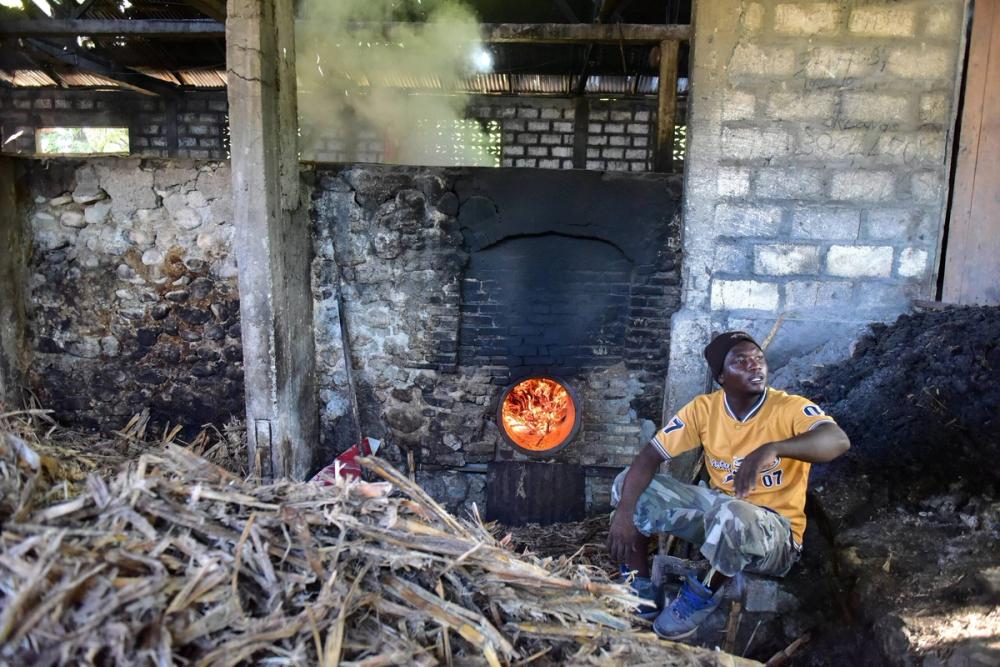
The source of the heat is mostly from direct fire, ignited by wood or bagasse (the dry pulpy, fibrous material that remains after milling).
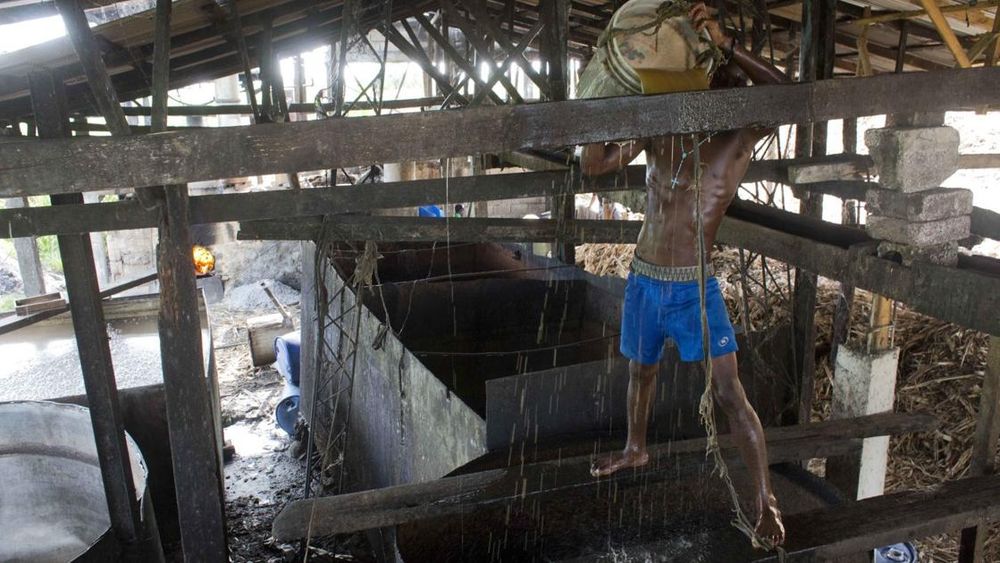
Most of producers have a small wooden ‘chauffe a vin’, a Charentais system from the early 1800s
Clairin is distilled only once, arriving at an ABV from 45% to 55% with an average final ABV around 50%. For this reason the final product is always full-bodied with some heavy notes given by the small quantities of fusel oils which give the characteristic flavours from different distillers.
Clairin has to be bottled at strength from distillation, with no dilution. Clairin is always ‘still proof’: the liquid in the bottle is exactly the same as the spirit that comes direct from the still.
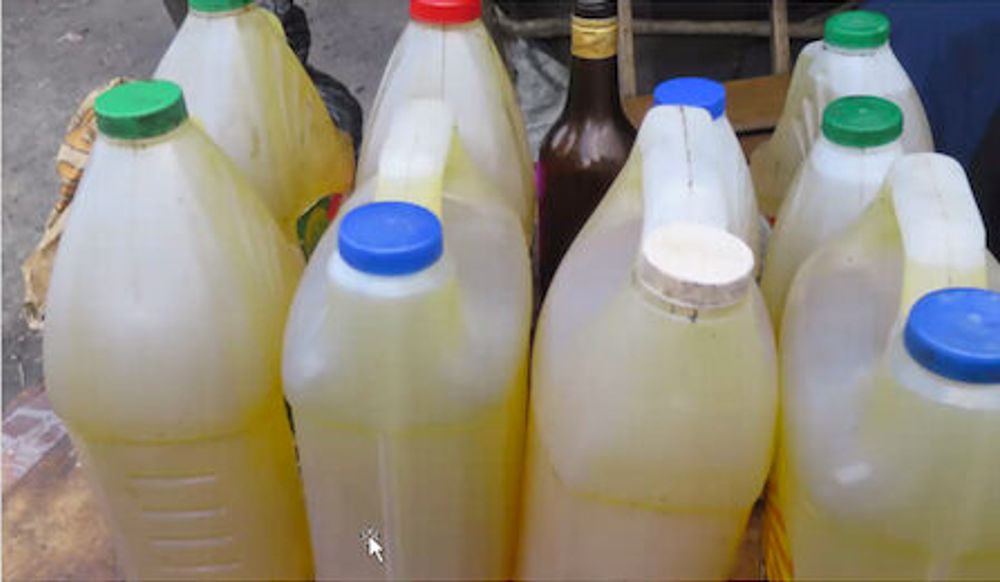
Clairin is normally stored in plastic drums and brought to the emporium of the village and picked up with gallon jugs by inhabitants or sold along the roads. Until Biondi and Gargano started their project clairin had never been commercially bottled.
When the team started with Clairin Sajous, the first distiller to have its spirit exported, Michel Sajous explained that he could make the clairin clearer, which is obviously something which runs counter to the whole ethos of sourcing an artisanal and authentic product.
“We are not interested in creating spirits that are ‘Robo’” Biondi says… what is purity after all? Pure means that there are no flaws. Flavours are impurities so you have to ask yourself what is quality?”
Biondi went on to explain that their clairin producers have a finite production so they cannot increase the amount they produce. As the trend continues worldwide so they have to find new producers.
So what does single estate clairin taste like ?
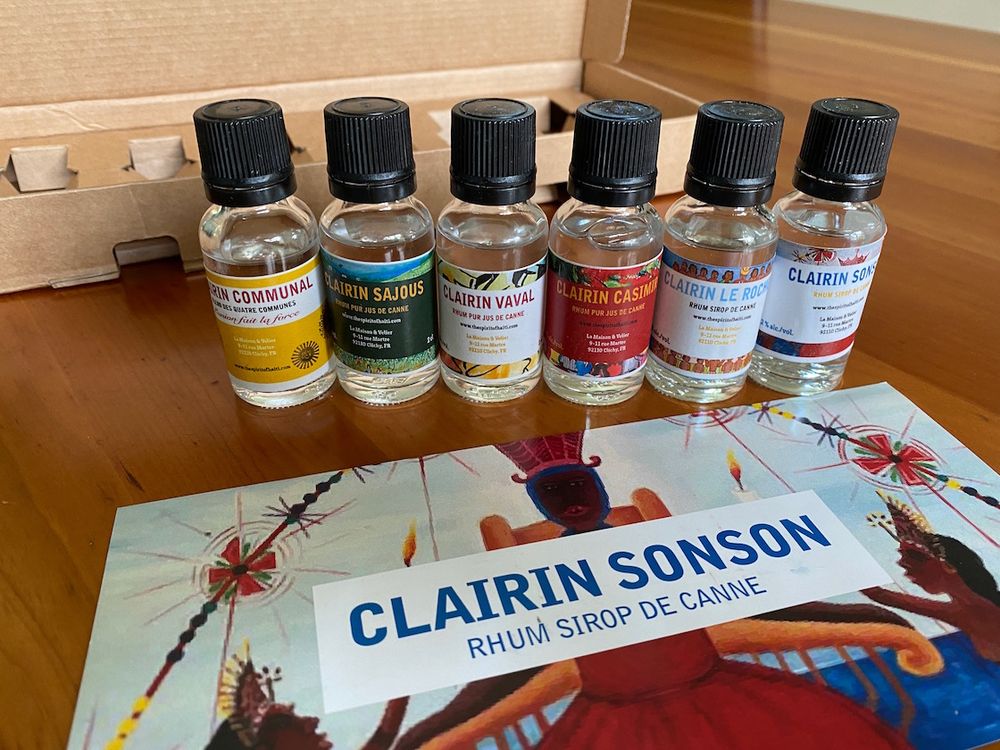
Clairin is a complicated spirit that eschews traditional tasting notes. There is a satisfying uniqueness to the liquid, a pungency and strength that makes them unlike anything I’ve ever tasted before. The first five spirits really should be drunk neat, the Clairin Communale is aimed more at mixology.
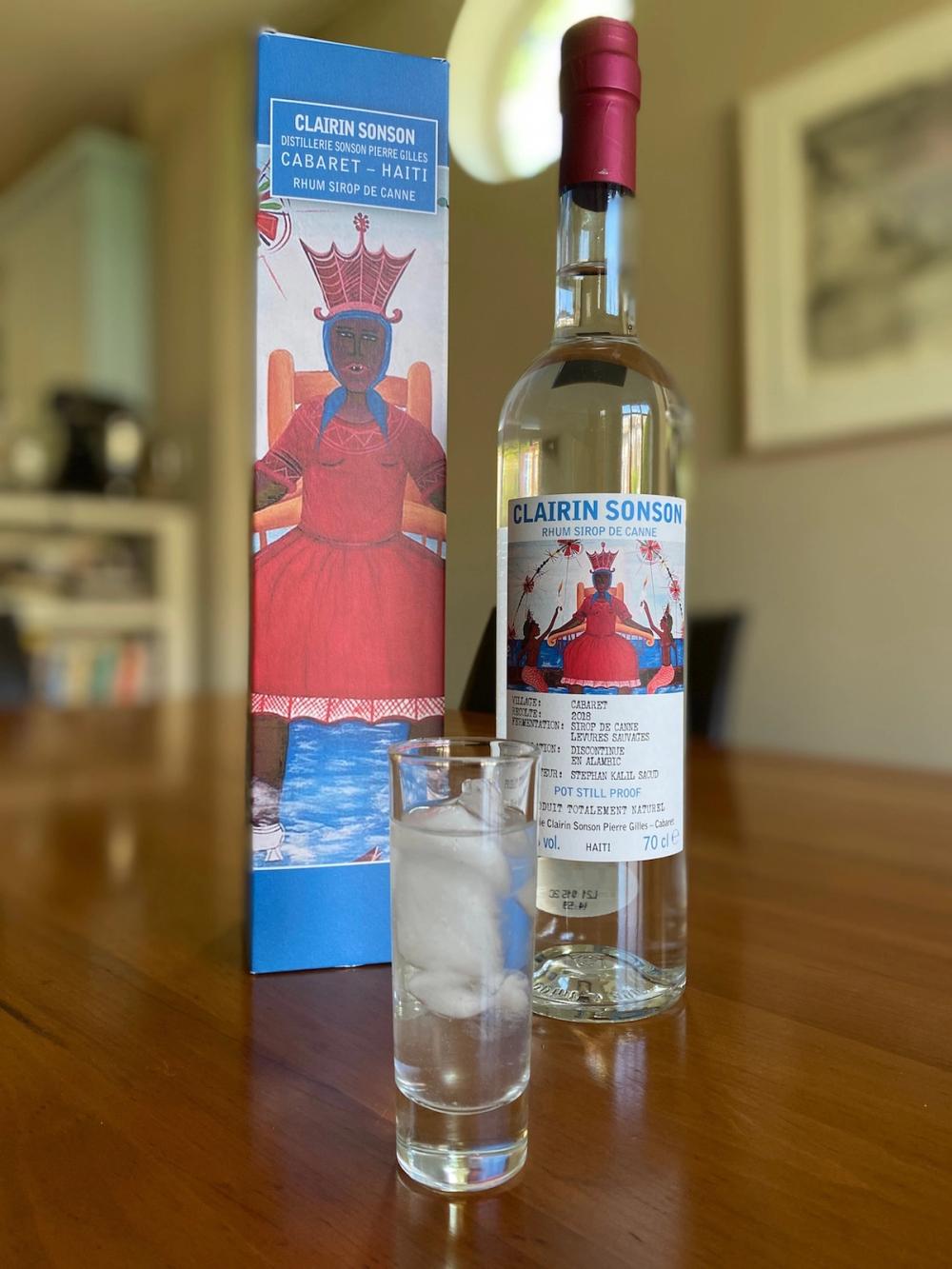
Clairin Sonson
53.2% abv
The latest addition to the range comes from Madame Meuze sugarcane grown in the village of Cabaret to the north west of Port-au-Prince. The cane is reduced to a syrup then fermented spontaneously, the distillation carried out by using a pot still heated over an open fire.
Fresh and herbaceous, notes of cut grass, basil, lemongrass, banana with a distinct note of white truffle. On the palate it is straightforward, fruity and accessible, with notes of pepper and ginger on the long finish.
Clairin Sajous
56.4% abv
The first Clairin to be exported from Haiti is made from Cristalline sugarcane juice. Grassy, floral, green apple with a banana note, eucalyptus; on the palate you find butter, mango, ripe olives, cinnamon and a mineral streak.
Clairin Vaval
49.3% abv
Like Sonson, the seaside-located Vaval also uses Madame Meuze sugarcane, although as fresh juice rather than a syrup. On the nose you find roasted greens, thyme, volatile acidity; there is a distinct saltiness to the palate with notes of juniper, fennel, liquorice and cloves.
Clairin Casimir
49.5% abv
Hawaii Rouge and Hawaii Blanc sugarcane juice is used by Casimir which has an earthy, savoury wildness about it, a strong muscovado sugar note, black truffles, mushrooms; on the palate it has a greater viscosity with strong savoury flavours of brown butter, seaweed, berries and orchard fruit; there is an unbelievable length to the finish.
Clairin Le Rocher
47.2% abv
Cristalline sugarcane is used to make a syrup for Le Rocher. Floral and fruity, almost pretty, notes. On the palate there is a strong parma violet flavour, the taste is less vegetal with high-toned fruit, almost confected.
Clairin Communale
43% abv
A blend of four communes, the aim being for a less idiosyncratic, weaker, and cheaper Clairin that makes good sense at the back bar. Tasted after the previous five examples, the mouthfeel is positively a relief, the overall profile probably closest to a Rhum Agricole.
Clairin: the Spirit of Haiti range is imported into the UK by Speciality Brands, which is a supplier partner of The Buyer.
